1. Termites are the only social insects that don’t have a complete metamorphosis.
2. A cockroach can live a week without its head. and will only die because it cannot eat or drink.
3. Up to 100 people die as a result of bee and wasp stings every year.
4. Rodents are prime carriers for other pests such as fleas, ticks, and mites.
5. House mosquitoes carry diseases that are transmittable to humans and animals.
6. Without pest control services, food sanitation and regulation, along with healthy food standards, would not be achievable.
7. Male crickets “sing” so the females can find them.
8. Rats exist in every part of the world and are very capable of spreading life-threatening diseases to humans. They also compete with humanity for food leftovers.
9. Did you know a flea can jump 130 times its own height? Or that they must pass through four life stages: egg, larva, pupa, and biting adult? A female flea can also lay up to 2,000 eggs in her lifetime.
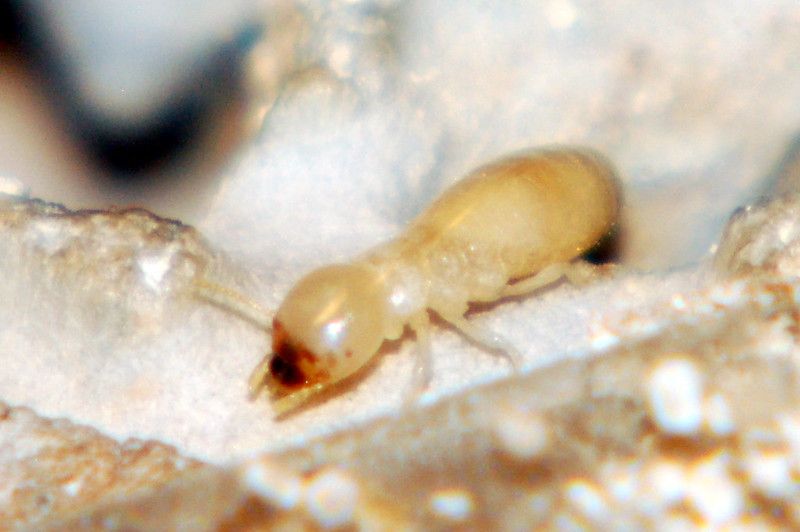
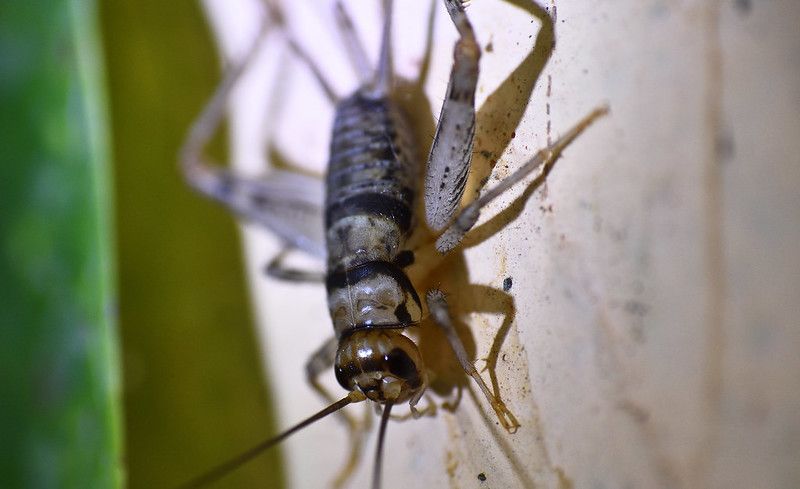

Rats & Rodents
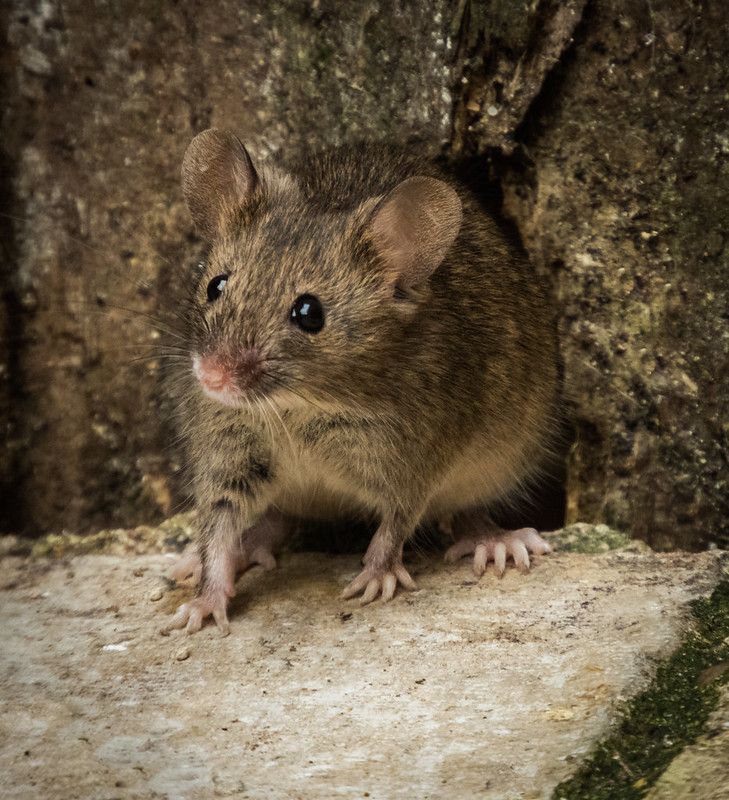
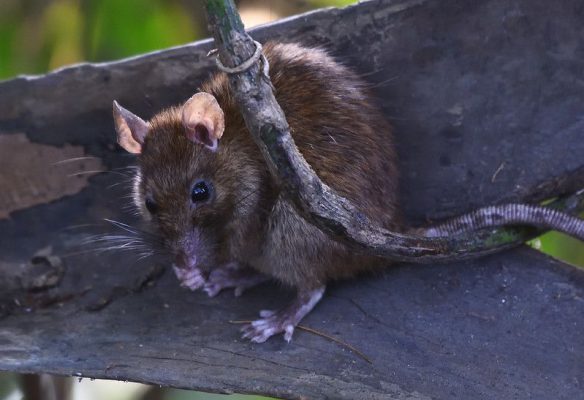
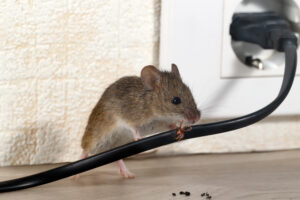
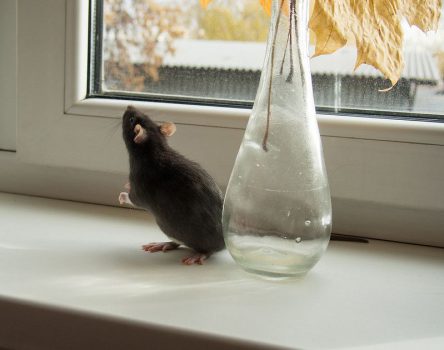
- Their teeth never stop growing! One of the defining characteristics of a rodent is that their teeth grow continuously over their entire lifetime. Rodents keep their incisors sharp and trimmed by constantly gnawing on anything and everything (including house wiring), which is why they can be very destructive in a domestic environment.
- A rat’s teeth and jaw can chew right through items as hard as lead sheeting and even a concrete (besser) block!
- The fear of mice and rats is called “Musophobia,” from the Latin word “mus,” meaning “mouse.” It is also known as “Murophobia,” from the word “murine.” This word comes from “Muridae,” the scientific term for the family of animals that includes mice and rats.
- Mice and rats can pose a serious threat to our health and can spread many diseases to humans. These include Leptospirosis, Salmonella Typhimurium, Tinea Favosa, and rat-bite fever. These infections may be spread through droppings, urine, saliva, rodent bites, or through fleas or ticks that have fed on an infected rodent. The “Black Death” (Bubonic Plague), which claimed more than 25 million lives in 14th Century Europe, is perhaps the most documented case of rodent-stemmed disease in humans.
- The gestation period for a female mouse is about 19–21 days. Some females can have up to 15 litters in one year and will often get pregnant again 24 hours after giving birth. The average litter size is usually around 10-12 and they can start to reproduce at only six weeks of age – so it doesn’t take long for mice to infest your home!
- Mice have a very organised social structure and will breed cooperatively, with the females in the group communally nursing. This cooperative breeding and rearing by related females helps increase reproductive success.
- Rats can squeeze through openings as small as 13mm in diameter — about half an inch!
- Rodents get their fluid intake from the food they eat, so many rodents can survive a long time without drinking water.
- Rats are among the smartest animals on the planet, often ranked in the company of dolphins and chimpanzees! They can memorise routes and solve puzzles, which means they will often find their way back into a building even if their “usual” entrance has been blocked off.
- Never try to get rid of a rat by flushing it down the toilet! They can hold their breath for a long time and tread water for as long as three days.
Get a Quote
Need a FAST & FREE quote? Our friendly team can provide on-the-spot quotes for many treatments, including pest control or termite inspections.
A technician can also complete a free mould remediation quote or free quote for a termite barrier (30 minute consultation). Click the link below or call us on 1300 737 378!
